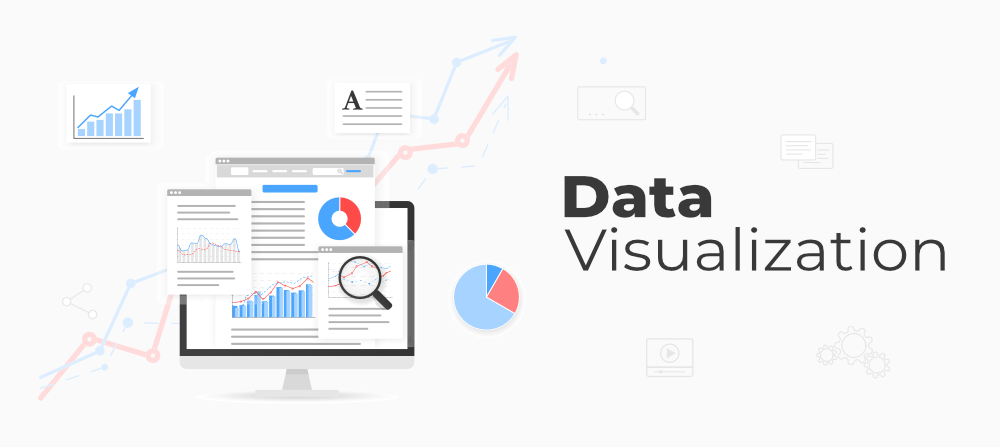
Data Visualization: Unlocking the Power of Visual Data Representation
In today’s data-driven world, the ability to effectively interpret and present data is crucial. Data visualization transforms complex data sets into intuitive visual representations, facilitating better decision-making and communication. This blog explores the essence of data visualization, its importance, and various tools and techniques that are shaping the way we understand data.
Data Visualization?
Data visualization is the graphical representation of data, making complex information more accessible and understandable through visual elements. Tools like bar charts, pie charts, and heat maps enable users to interpret data efficiently. These visual tools transform numerical data into intuitive, interactive graphics, facilitating a deeper understanding of the underlying information.Advantages and Disadvantages of Data Visualization
Data visualization offers numerous advantages, such as enhanced understanding, as visual data is processed faster by the brain, making it easier to comprehend complex information quickly. It also helps in identifying trends and patterns that might be missed in text-based data, and effectively communicates insights to non-technical audiences. Furthermore, many visualization tools provide interactive features, allowing users to explore data in depth and uncover hidden insights. However, there are disadvantages to consider. Poorly designed visualizations can mislead viewers, leading to incorrect conclusions. Additionally, too many data points in a single visualization can overwhelm and confuse users. Visualizations can also be biased, either intentionally or unintentionally, by emphasizing certain data over others. Simplifying complex data for visualization can sometimes strip away critical nuances, leading to an incomplete understanding.Data Visualization is Important
Data visualization plays a pivotal role in various industries by making data more comprehensible and actionable. It empowers professionals to make data-driven decisions based on data trends and insights, enhance reporting by making visual reports more engaging and easier to interpret, and improve learning and retention through visual aids. Moreover, data visualization fosters collaboration by providing a common understanding of the data among team members.Examples of Data Visualization
There are various types of data visualizations, including bar charts, which represent categorical data with rectangular bars and are ideal for comparing quantities; line graphs, which show trends over time and are perfect for time-series data; pie charts, which illustrate proportions within a whole and are useful for displaying percentage distributions; heat maps, which use color gradients to represent data density and are effective for geographical or categorical data; and scatter plots, which depict relationships between two variables and help identify correlations and outliers. Real-world examples of data visualization include finance dashboards for visualizing stock market trends, portfolio performance, and risk analysis; healthcare analytics for tracking patient outcomes, disease spread, and resource allocation; marketing reports for displaying campaign performance, customer segmentation, and sales data; and geospatial maps for highlighting demographic data, traffic patterns, and environmental changes.Tools and Software for Data Visualization
Popular data visualization tools include Tableau, a leading visualization tool offering powerful analytics and interactive dashboards; Power BI, Microsoft’s tool for creating and sharing business insights through data visualization; D3.js, a JavaScript library for producing dynamic, interactive data visualizations in web browsers; QlikView, which provides associative data discovery and interactive dashboards; and Google Data Studio, a free tool for creating customizable and shareable reports. When selecting the right visualization tool, factors such as ease of use, scalability, integration with existing data sources and systems, and customization capabilities should be considered.

Data visualization is a transformative tool that enhances our ability to understand and communicate data. By converting complex data sets into intuitive visual formats, it empowers professionals across industries to make informed decisions, identify trends, and share insights effectively. As data continues to grow in importance, mastering data visualization will be crucial for anyone looking to thrive in a data-driven world. By embracing data visualization, businesses and individuals can unlock the full potential of their data, transforming it into a powerful asset for strategic decision-making and communication. Whether you're a seasoned data analyst or a novice looking to improve your data skills, understanding the principles and tools of data visualization is essential in today’s digital age.
SMIIT







.jpg)
